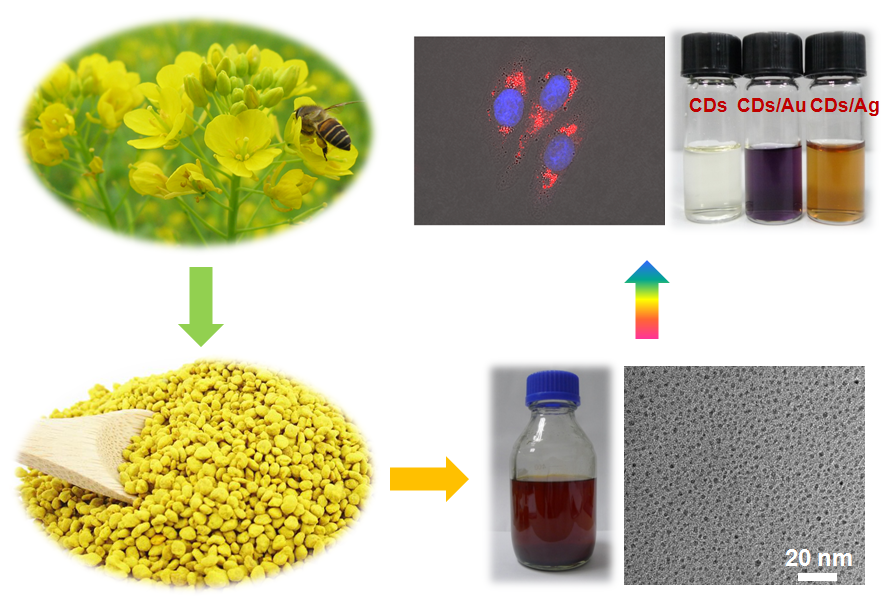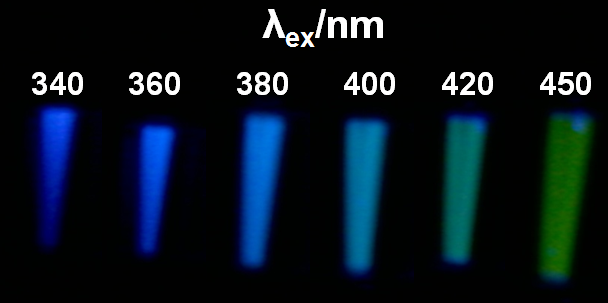[Materials Views] Busy bees fuel the semiconductor sector
A team of researchers from the University of Science and Technology of China in Hefei uses bee pollens to produce carbon dots with applications in bioimaging and catalysis. Their study can be found in the fourth issue of
Advanced Science.(
http://onlinelibrary.wiley.com/doi/10.1002/advs.201500002/abstract).
Since its discovery, carbon dots (CDs) have been regarded as a potential fluorophore alternative for heavy metal-contained semiconductor quantum dots and thus enthusiastically explored for generally green synthesis. Several approaches have been used to this end but methods for large-scale synthesis with high reproducibility are still rare.
Bee pollens emerge somewhat strangely in this context as an unlikely tool in the production of photoluminescent carbon nanoparticles. In the latest issue of
Advanced Science,
Shu-Hong Yu and team demonstrate the use of commercial bee pollens as a promising way to prepare CDs in a highly reproducible and macroscopic manner. The authors acquired and treated pollens originating from bees of different species to obtain fragrant suspensions of ultra-small carbon dots doped with large amounts of nitrogen which are fluorescent upon excitation.

Figure 1. Fragrant nitrogen-doped carbon dots of gram scale prepared from commercial bee pollens by hydrothermal process. These carbon dots of 1-2 nm in size show promising applications in cellular imaging.

Figure 2. Emission from carbon dots at different excitation wavelengths.
The study underscores the many advantages of producing CDs from bee pollens. The variety of bee pollens is abundant and affordable in markets. The synthesis process based on the pollens is also green, has low complexity, is highly reproducible, and its production yield is fairly high. Furthermore, through this process, the CDs are doped with a relatively high content of nitrogen and display excellent biocompatibility, with the resulting CDs manifesting superior catalysis and photocatalysis.
This research project is sponsored by the National Basic Research Program of China, the National Natural Science Foundation of China, the Chinese Academy of Sciences, and the Collaborative Innovation Center of Suzhou Nano Science and Technology.
Source: http://www.materialsviews.com/busy-bees-fuel-semiconductor-sector/
2015-04-17